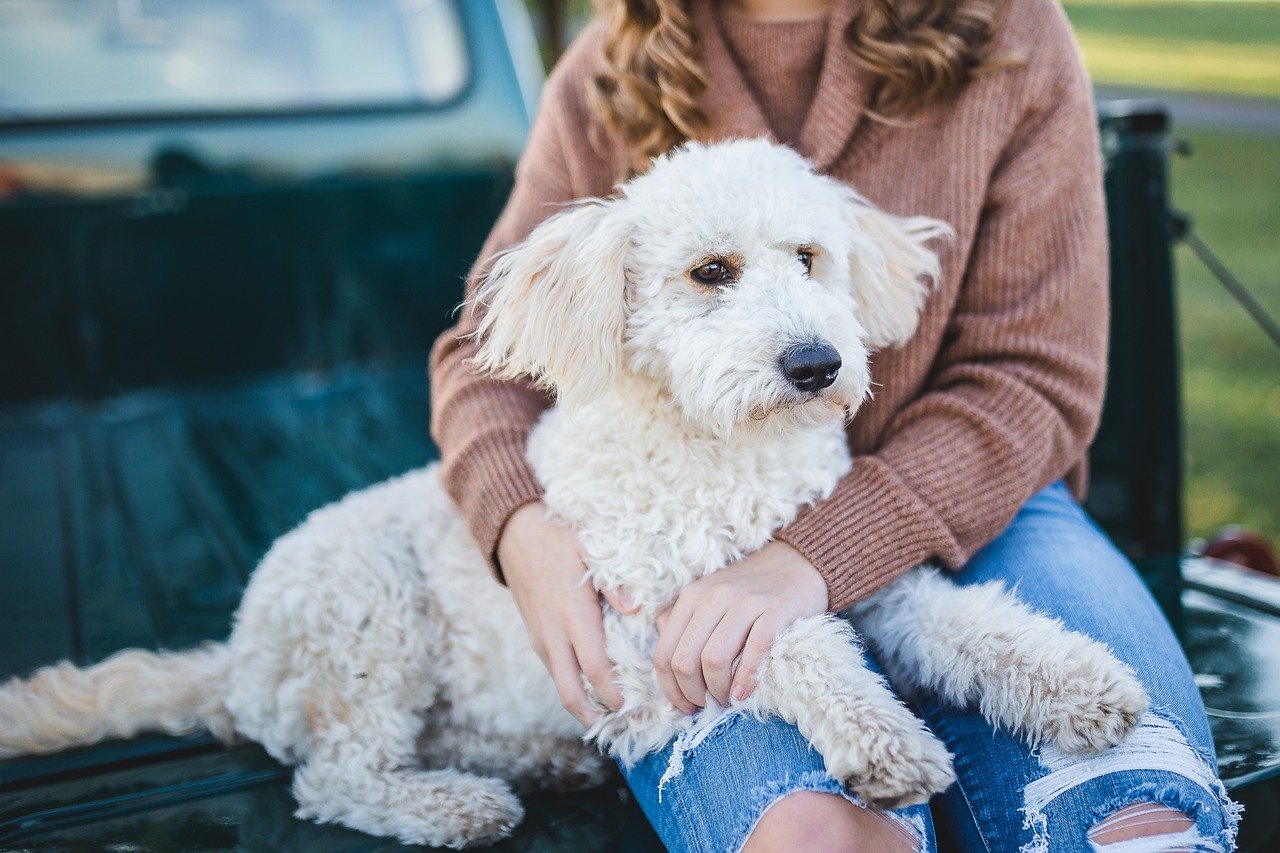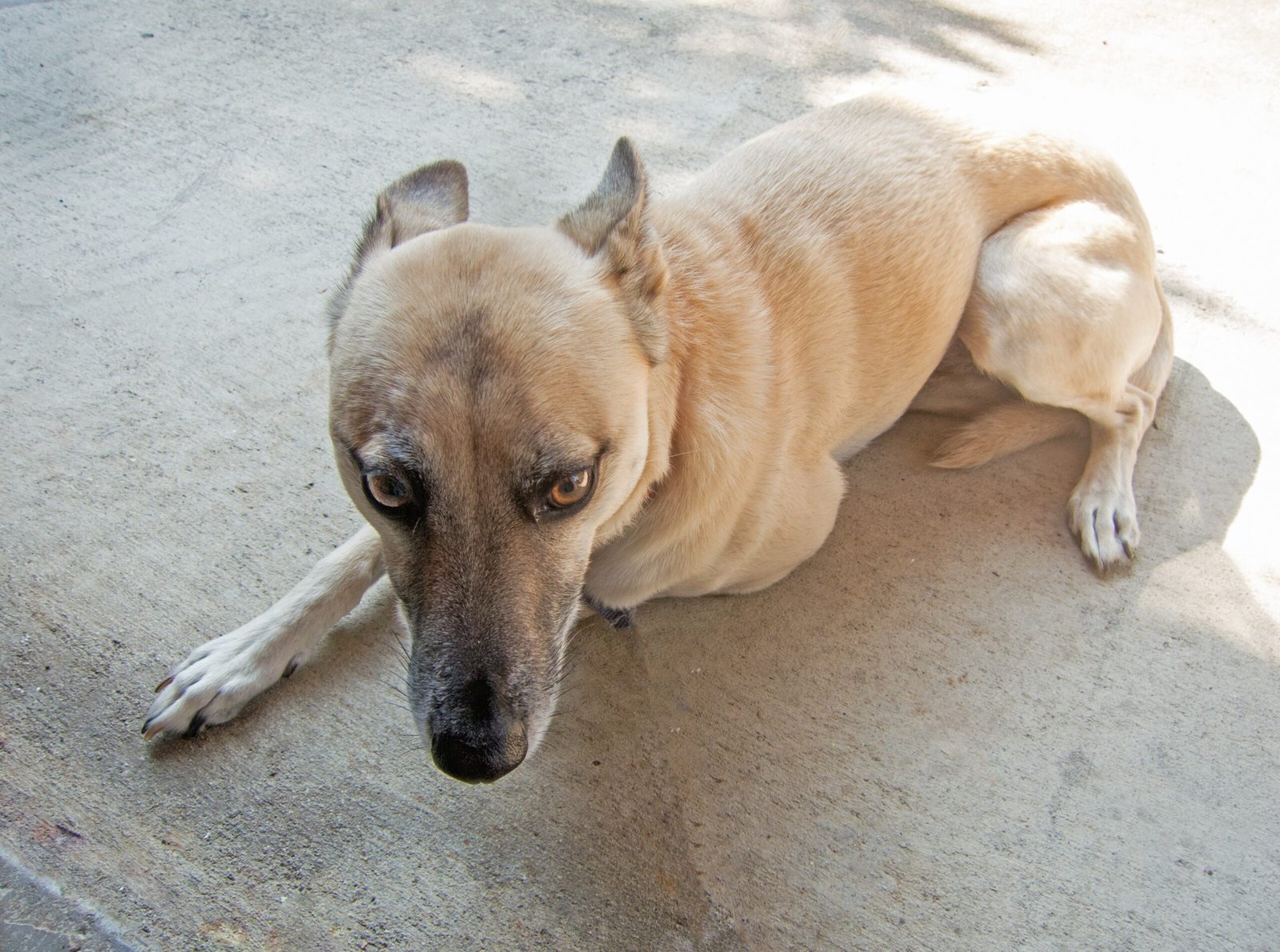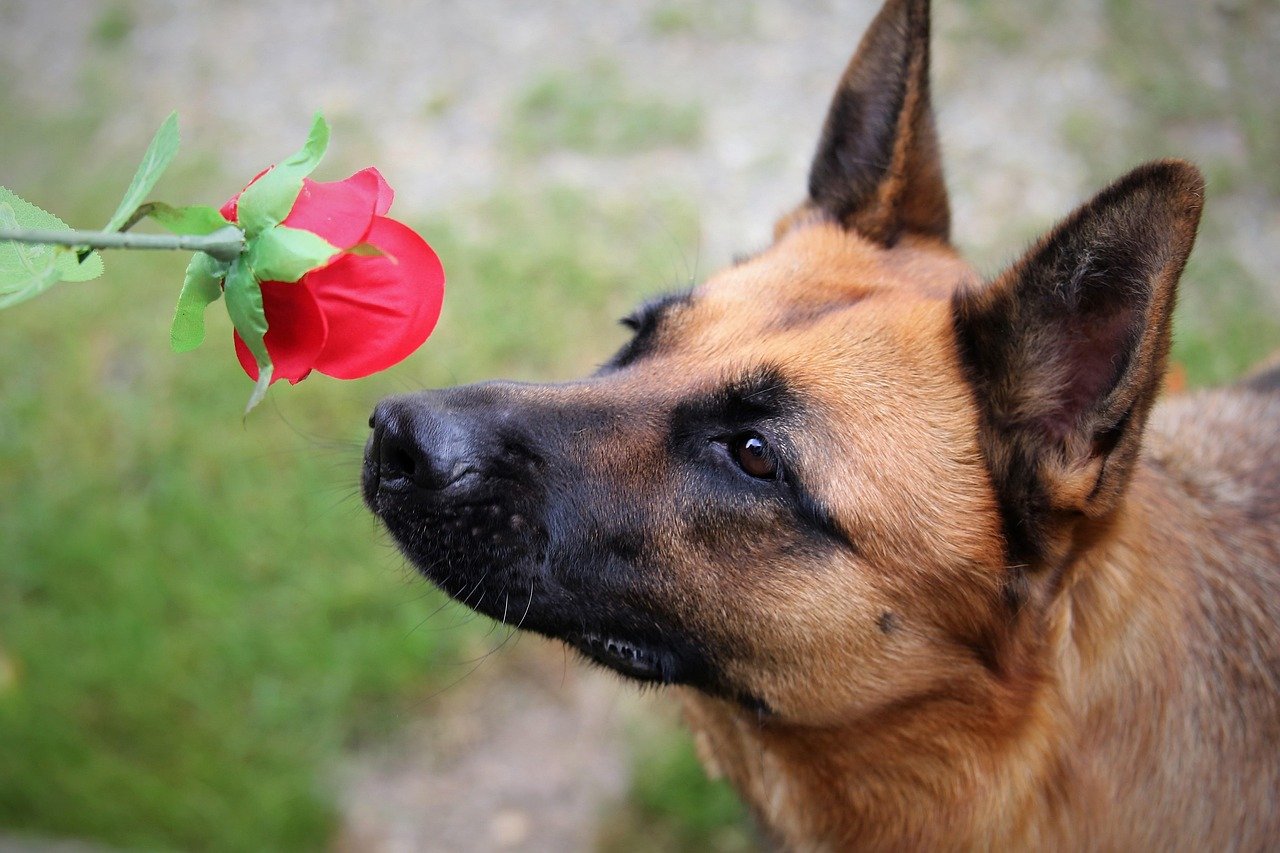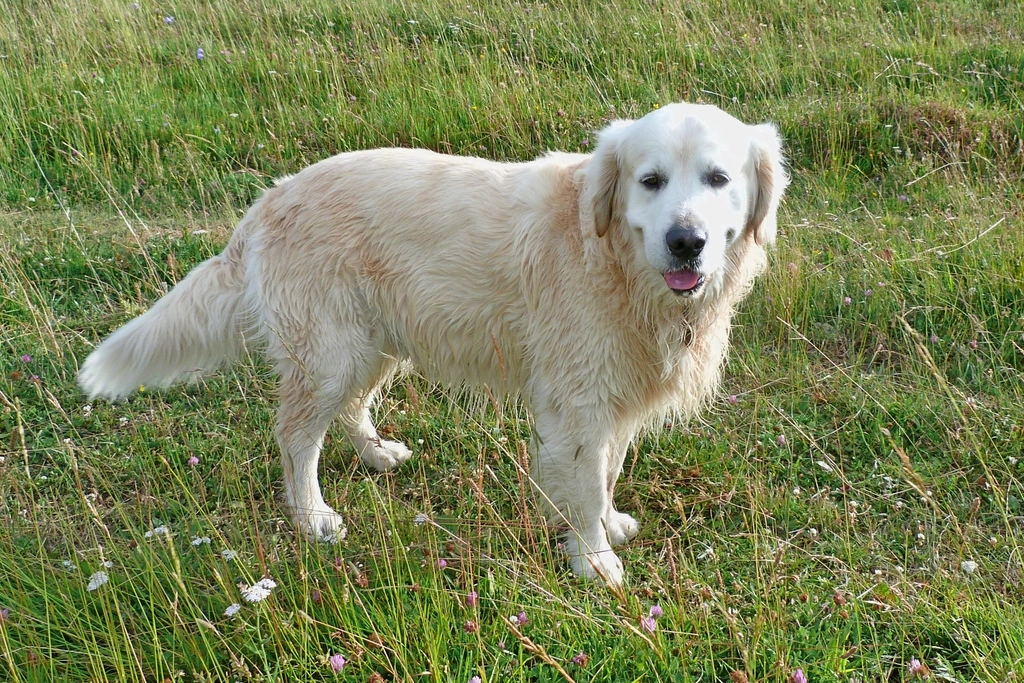Dogs are often considered man’s best friend, and like humans, they can experience trauma. Whether it’s due to past abuse, a frightening experience, or a major life change, trauma can deeply affect a dog’s behavior and emotional well-being. Understanding how a traumatized dog seeks comfort can help pet owners provide the necessary care and support. In this article, we explore the various ways dogs seek solace and how you can assist them on their journey to recovery.
Seeking Physical Proximity

A traumatized dog may often seek physical closeness to its owner. This isn’t just for warmth; it’s a way for the dog to feel safe and protected. Imagine a child clinging to their parent in a crowded place. Similarly, a dog will snuggle close to you, hoping to find comfort in your presence. Your dog might follow you from room to room, leaning against your leg or resting its head on your lap. This behavior is a silent plea for reassurance and a sign that your pet trusts you to keep them safe.
Engaging in Soothing Behaviors
Just like humans might twiddle their thumbs or pace when anxious, dogs have their own set of self-soothing behaviors. These can include licking themselves excessively, chewing on toys, or even gently mouthing their owner’s hand. These actions help the dog calm down and are akin to a person taking deep breaths to steady themselves. By providing chew toys or allowing your dog to engage in these behaviors, you’re offering them a way to self-regulate their emotions.
Retreating to a Safe Space
Having a designated safe space can be a comforting retreat for a traumatized dog. This could be a cozy corner of a room, a crate with blankets, or a specific spot in the garden. Think of it as a personal sanctuary where your dog can escape the world when it becomes overwhelming. If your dog frequently retreats to this space, it’s a sign they find solace there. As a pet owner, it’s essential to respect this space and allow your dog to use it whenever they feel the need.
Seeking a Familiar Routine
Dogs thrive on routine, and a familiar schedule can be incredibly comforting to a traumatized dog. Just as humans find comfort in daily rituals, dogs find security in knowing what to expect. Regular feeding times, walks, and play sessions provide structure and predictability. If a dog has experienced trauma, maintaining a consistent routine can help them regain a sense of normalcy and control over their environment.
Displaying Submissive Behaviors

In some cases, a traumatized dog might display submissive behaviors as a way to seek comfort. This can include rolling over, showing their belly, or lowering their ears. While these actions may seem concerning, they are often a dog’s way of expressing vulnerability and seeking reassurance. By recognizing these behaviors, you can respond with gentle affection and positive reinforcement, helping to rebuild their confidence and trust.
Seeking Reassurance Through Eye Contact

Eye contact between a dog and its owner can be a powerful form of communication. A traumatized dog might frequently seek eye contact as a way to gauge your emotions and find reassurance. When a dog locks eyes with you, it’s similar to a child looking at a parent for approval. Offering a gentle smile or a soft word can go a long way in comforting your dog and letting them know they are loved and safe.
Engaging in Playful Activities
Play can be a therapeutic outlet for a traumatized dog. Engaging in playful activities allows dogs to express themselves and release pent-up energy. A game of fetch, a romp in the yard, or even a playful tug-of-war can bring joy and comfort. Play also strengthens the bond between you and your dog, helping them feel more secure in their relationship with you. By encouraging play, you’re providing a positive distraction from their traumatic experiences.
Seeking Comfort in Familiar Scents

A dog’s sense of smell is incredibly powerful, and familiar scents can be a source of comfort for a traumatized dog. Your scent, in particular, can be soothing, like a warm blanket on a cold day. You might notice your dog snuggling with your clothes or sleeping on your bed when you’re not around. This behavior indicates that your scent provides a sense of security and helps alleviate their anxiety.
Displaying Calmness Through Body Language

Observing a dog’s body language can offer insights into their emotional state. A traumatized dog may display calmness through relaxed ears, a wagging tail, or a soft gaze. These signs suggest that the dog is seeking comfort and is beginning to feel more at ease. As a pet owner, acknowledging these signs and responding with calm and gentle interactions can further reinforce their sense of safety and well-being.
Communicating Through Vocalizations

Vocalizations such as whining, barking, or even soft whimpers can be a way for a traumatized dog to seek comfort. These sounds are akin to a person calling out for help or expressing their emotions. By paying attention to these vocal cues, you can better understand your dog’s needs and provide the necessary support. Responding with soothing words or gentle touches lets your dog know they are heard and valued.
In conclusion, understanding the ways a traumatized dog seeks comfort is crucial for providing the support they need. By recognizing these behaviors and responding with empathy and care, you can help your dog navigate their emotions and find peace in their environment.

Andrew Alpin from India is the Brand Manager of Doggo digest. Andrew is an experienced content specialist and social media manager with a passion for writing. His forte includes health and wellness, Travel, Animals, and Nature. A nature nomad, Andrew is obsessed with mountains and loves high-altitude trekking. He has been on several Himalayan treks in India including the Everest Base Camp in Nepal.





